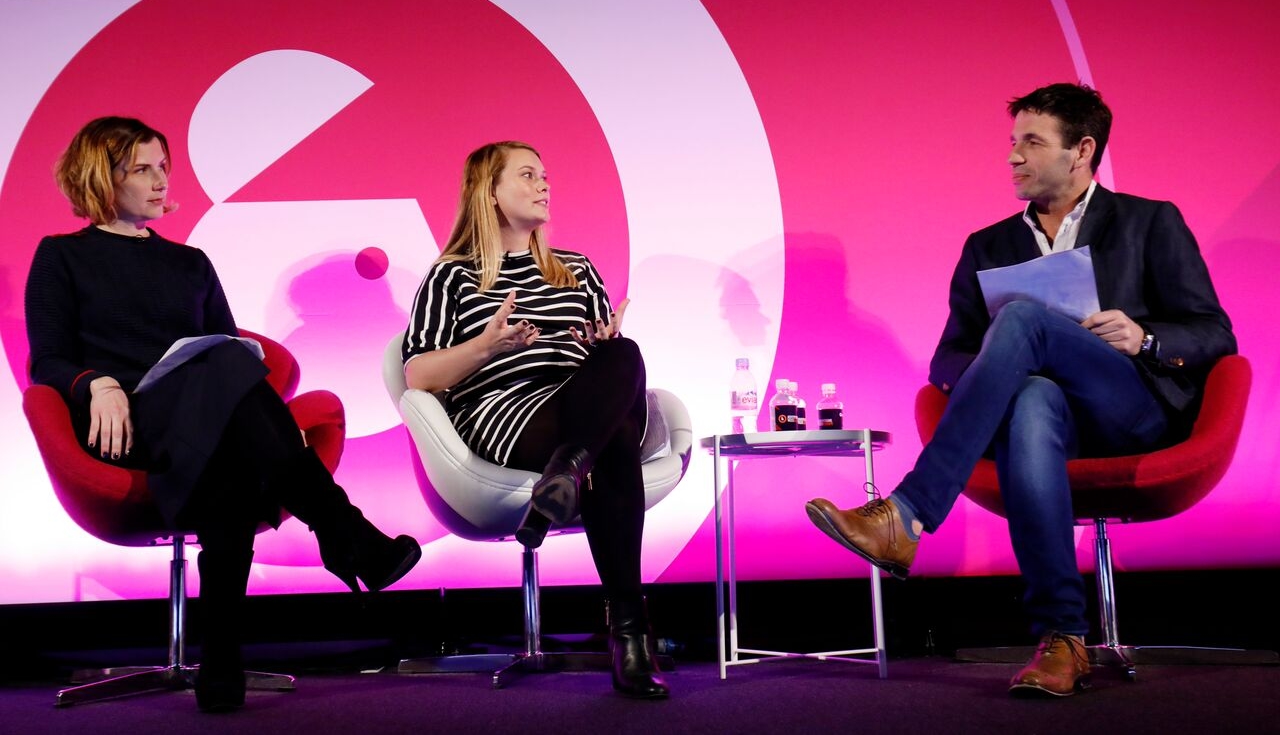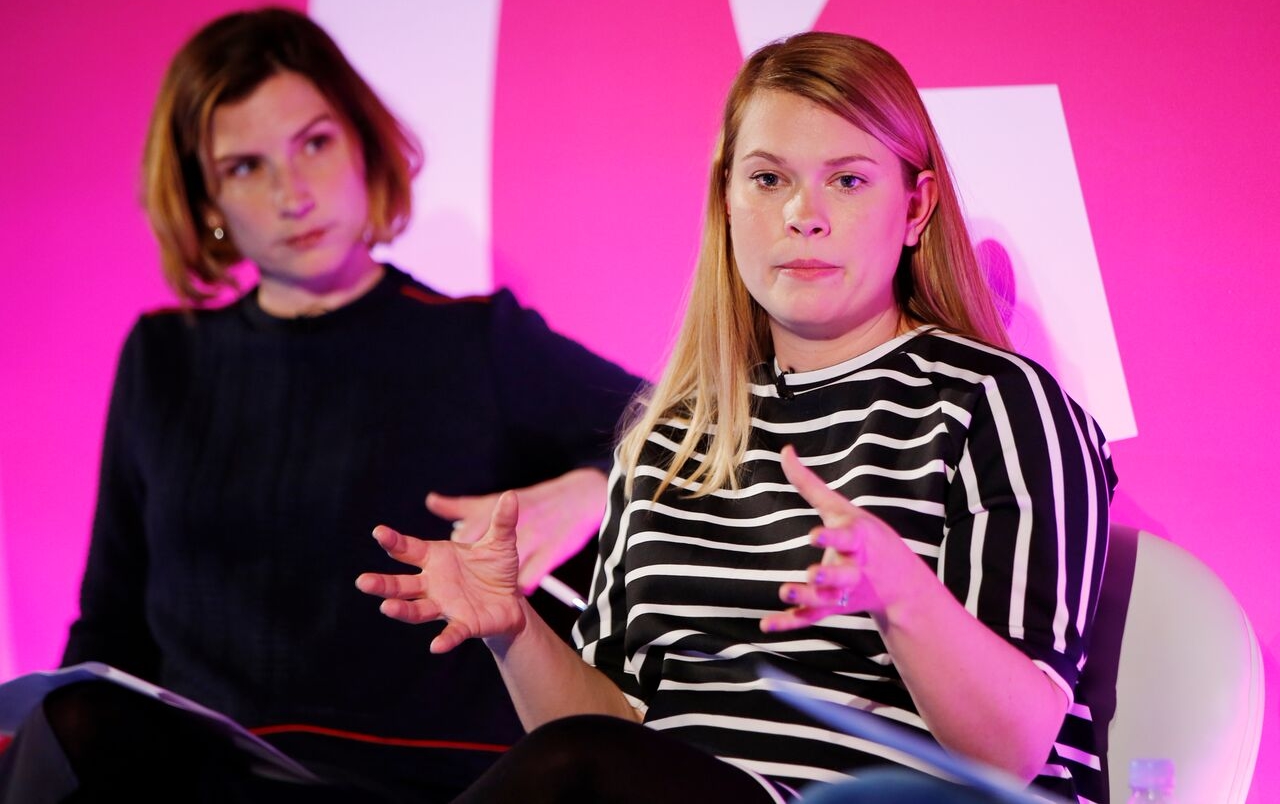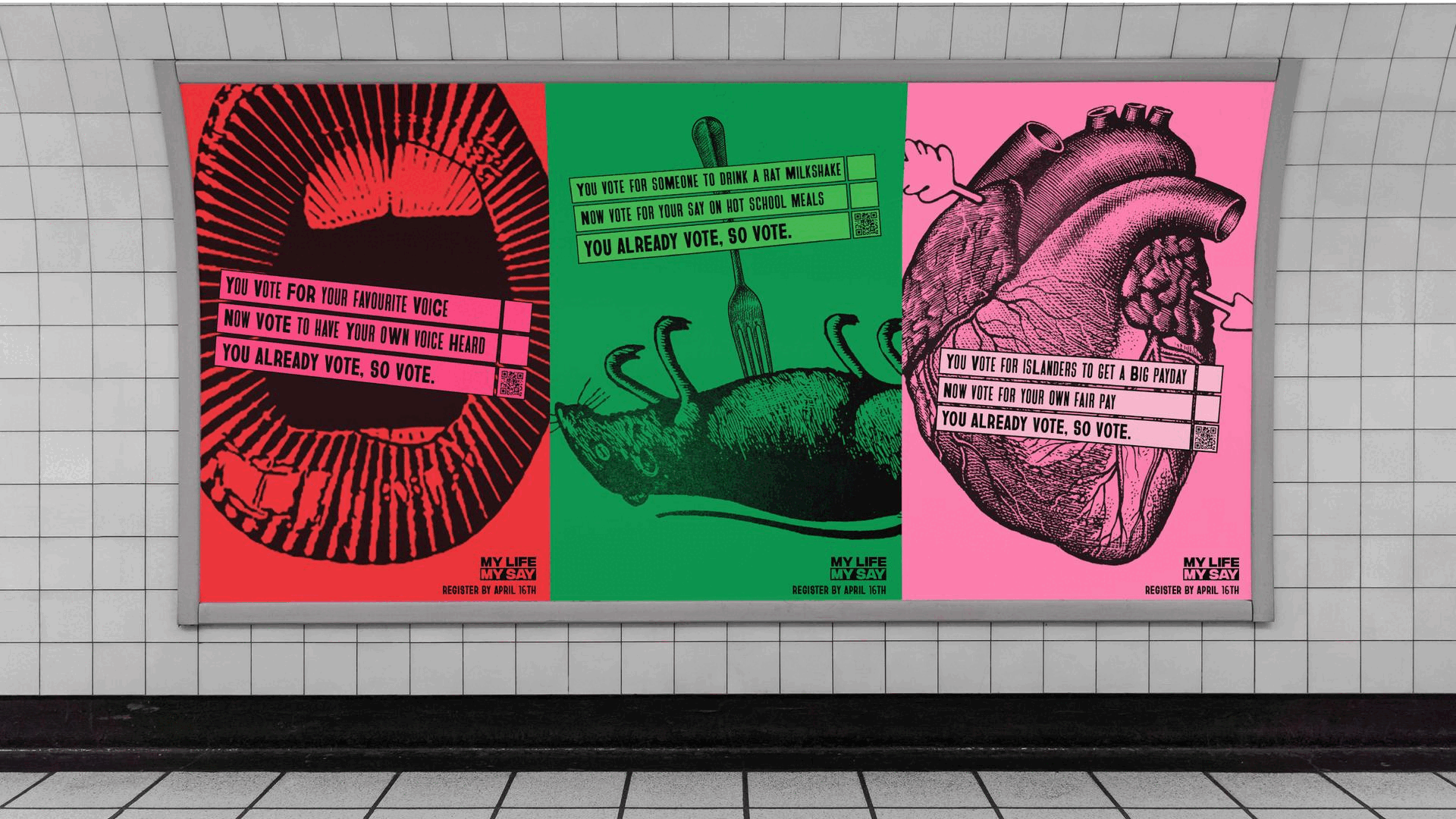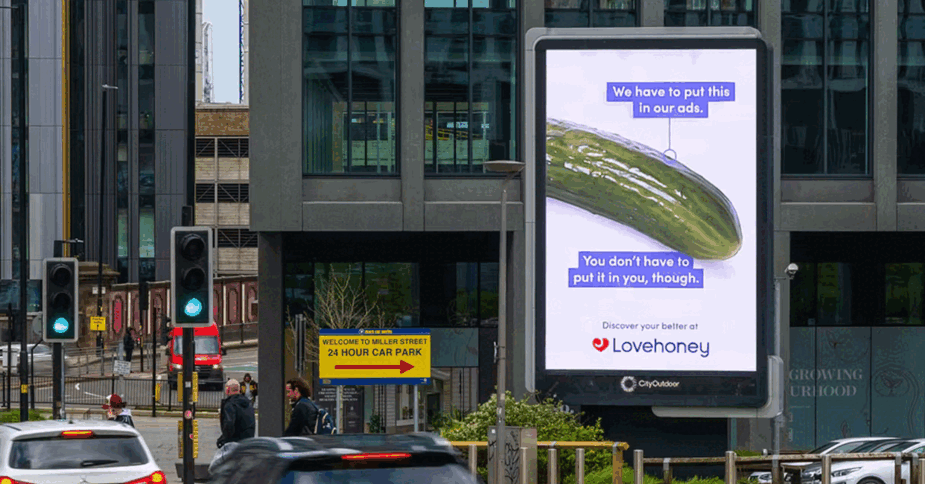As mobile ad spend continues to increase, are brands putting enough into in-app ads?
- Monday, March 27th, 2017
- Share this article:

Global mobile ad spend is predicted to increase to $215bn (£172bn), or 72 per cent of the total digital budget, by 2021 – according to US marketing consultancy Magna. This would equate to an increase of more than 100 per cent in just four years.
In 2016, a year when desktop ad sales stagnated, mobile advertising grew 48 per cent to reach $80bn – or 45 per cent of total digital ad spend. By the close of 2017, mobile advertising is expected to account for 52 per cent of the total digital ad dollars.
Despite the huge amounts of money being poured into mobile ads, “brands could do more and shift more dollars to the actual app ecosystem.” That’s what Facebook’s head of publisher solutions in EMEA, Yoav Arnstein, thinks anyway.
Speaking at Advertising Week Europe, Arnstein said: “Consumption inside apps represents more than 50 per cent of overall digital consumption – so, the user time is definitely there.
“If you look at spend, mobile spend is now crossing $100bn a year – which is a staggering amount. If you look at the overall ad business, the overall ad business is just shy of $600bn a year. So, mobile advertising itself is already presenting a pretty big share of that.”
Is Arnstein right to question the amount of this spend that is focused in-app, however?
Appy place
According to IHS predictions last year, in-app native advertising is expected to represent $53.4bn of the total mobile display ad revenue in 2020 – equating to around a 63 per cent share of total.
The need for this level of investment in-app is supported by the eMarketer’s September 2016 findings that more than 85 per cent of time spent on mobile is in-app. This is further supported by data from comScore, from July of the same year, that showed 50 per cent of all online time – mobile and desktop – is spent in-app on smartphones, compared to 32 per cent on desktop, in the US.
Despite the clear need for more advertising in-app, there still remains a few problems however.
“Your mobile phone is your number one – 100 per cent eyeballs on screen. Essentially, most of the ads are in-view – which is the great luxury of a mobile app advertising campaign,” said Hannah Buitekant, commercial director at MailOnline, speaking at Advertising Week Europe.
“I see it as an opportunity because the fundamental problem we have in-app is the development of working with the adtech vendors, who have measurements against viewability or ad fraud or brand safety. Unlike browser, whereby you can implement lots of code… in an app environment you can’t afford to put in a gazillion SDKs because it makes the app that you are using really clunky and ads, essentially, take longer to load.”
Head of worldwide paid social at MediaCom Renée Mellow, speaking at the same event, agreed that “there’s a big discrepancy between how you’re spending your time on your mobile phone and where advertisers can activate.”
 Rotate no longer
Rotate no longer
Despite falling short in the app ecosystem, the areas that must be focused on a clear. One of these areas is video advertising, predominantly vertical video.
According to AppLovin, video currently accounts for 77 per cent of total ad spend – with video ads holding a 24 per cent better retention than non-video ads.
“Video is a huge growth area. Everybody loves video – it does the job, it engages, it’s the best way to tell a story, it’s the best way to invoke emotions,” said Buitekant.
Despite this overall love for video, is the size and fit of the video really the most important aspect of it though? Buitekant doesn’t think so.
“The difference with vertical video versus your pre-roll is like a 10-second to 30-second ad spot – that’s what works,” she continued. “I think even if you had your horizontal video and it was five to 10 seconds, it would work better than a 30-second clip – that’s what changes video on mobile.”
Buitekant does however agree that vertical video makes the most sense because we engage with our mobile devices vertically, and only use our phones horizontally when watching a film of some nature.
The unlocking of vertical video’s potential is most evident in the way social networks have been able to embrace the vertical screen.
“The social networks, specifically, have really dug in to vertical video, how impactful and obsessed we are with our mobile phones,” said Mellow.
“It’s interesting to talk about vertical video. You know, it’s really great when Facebook rips off Snapchat continuously because, for your client, you’re having to cut vertical video for Snapchat potentially but ‘oh, now I can put it in Instagram and now I can put it in Messenger Day’.”
Get your (mobile) game on
The influence of mobile video advertising is no more evident than in mobile gaming – an area that brands are very reluctant to explore.
According to AppLovin, video advertising accounts for 93 per cent of total ad spend in the mobile gaming market. Despite this sounding impressive, mobile gaming is a largely unexplored area for brands and advertisers.
eMarketer predicted that 72 per cent of mobile phone users in the US would be ‘mobile phone gamers’ by the close of this year – showing the huge opportunity that mobile gaming presents but has yet to be given any real thought by many.
“There’s this perception that it’s no premium, that it’s not a worthwhile space. If we go to a client and say ‘we’re going to put your ad in The Economist’ – they’re thrilled, they can go tell their friends ‘I’ve got an ad in The Economist’. They know what premium feels like,” said Mellow.
“I do think publishers have so much to contribute in that space and open up some innovation that isn’t there right now – it’s still bubbling.”
















